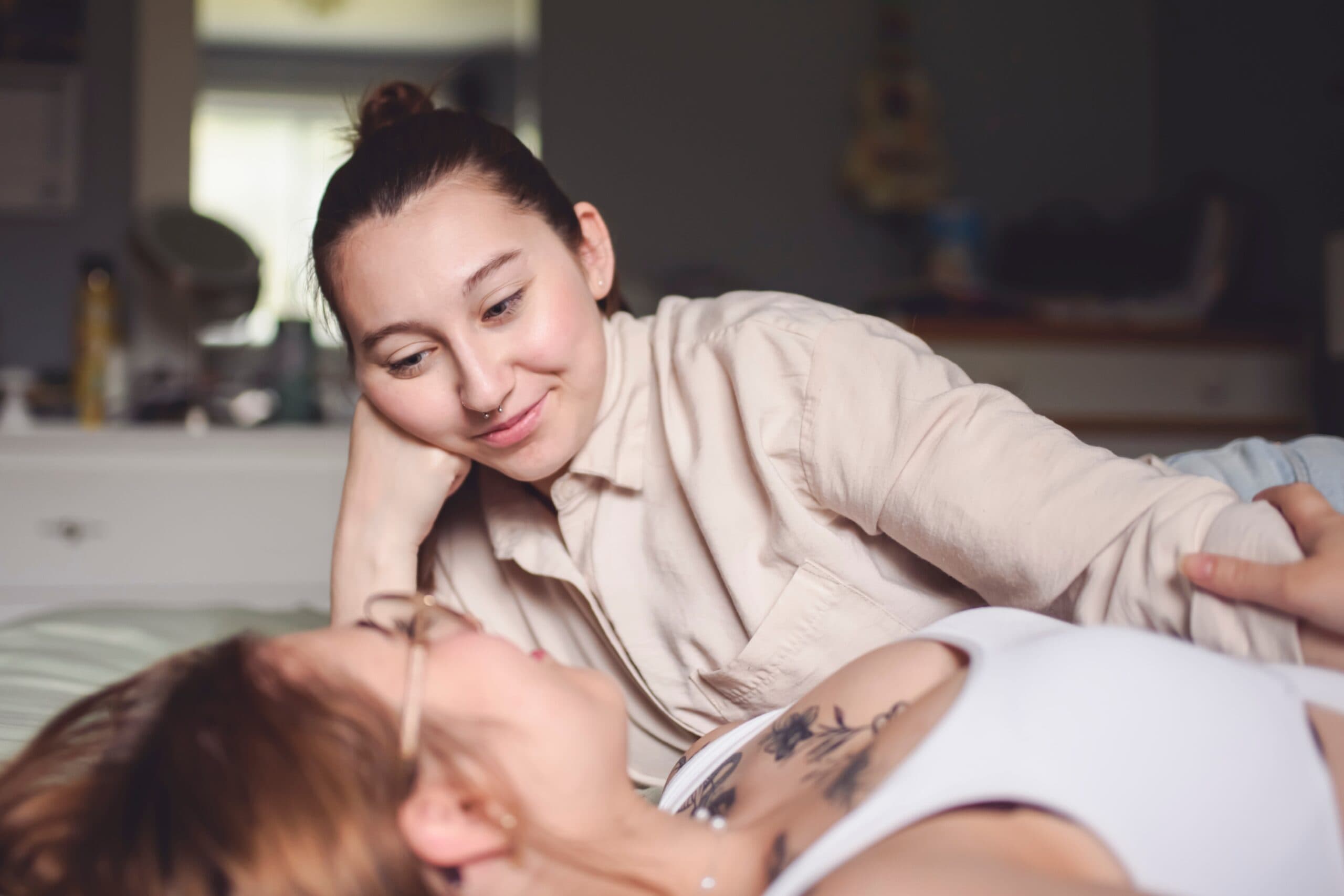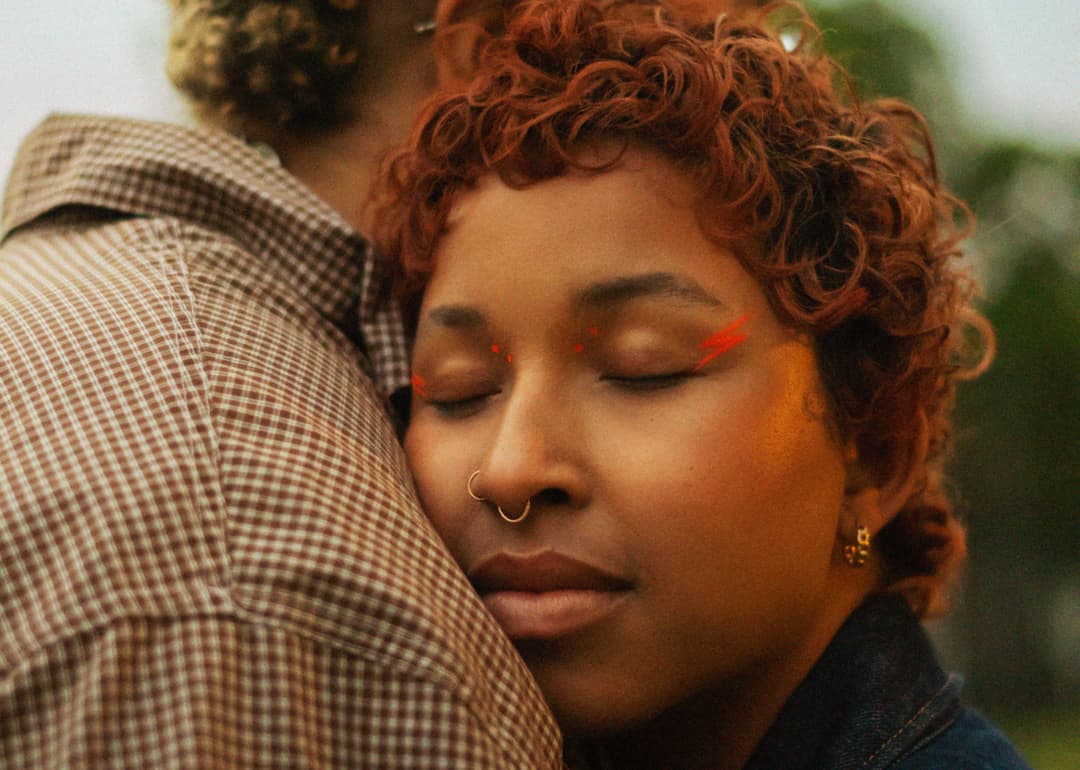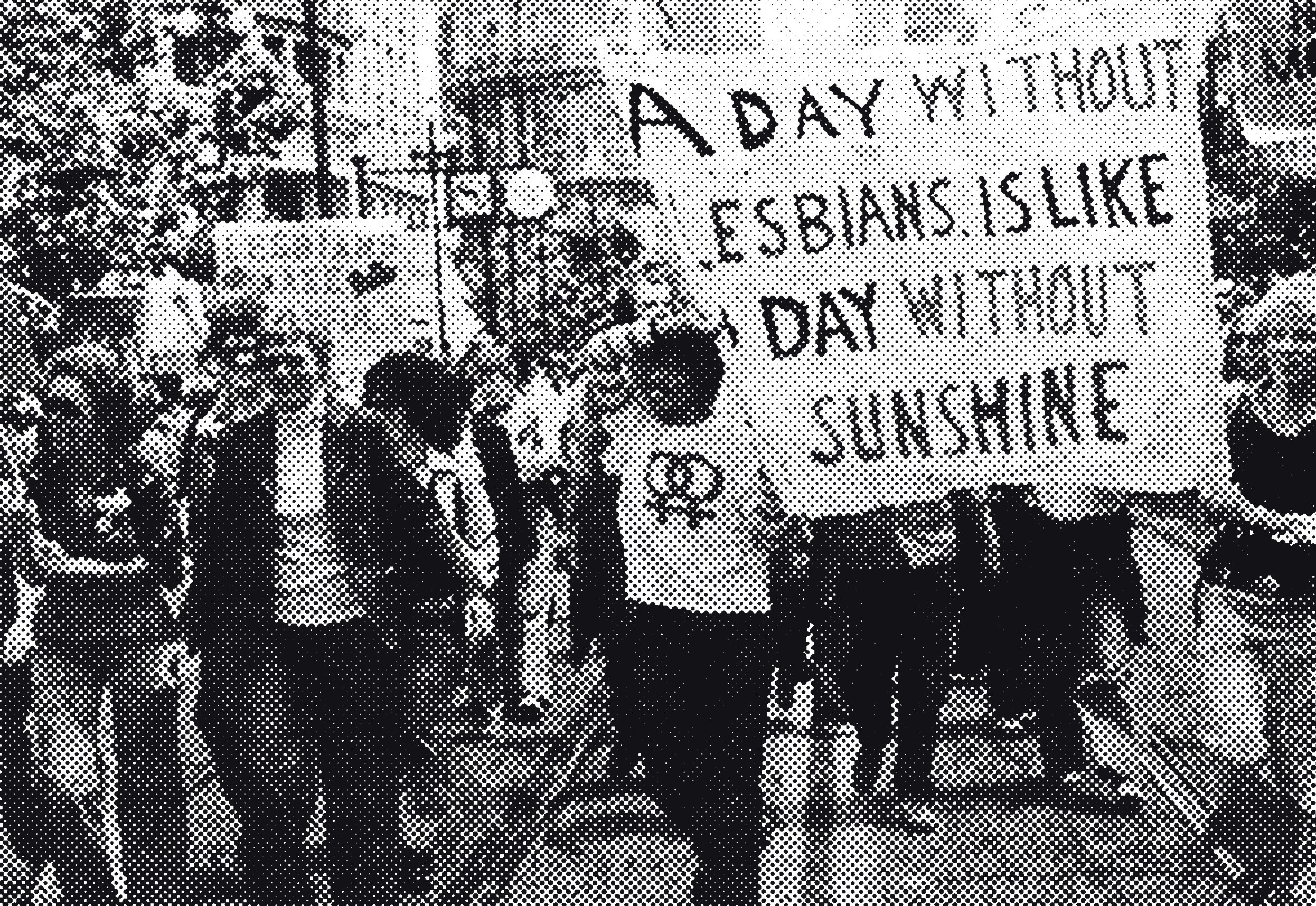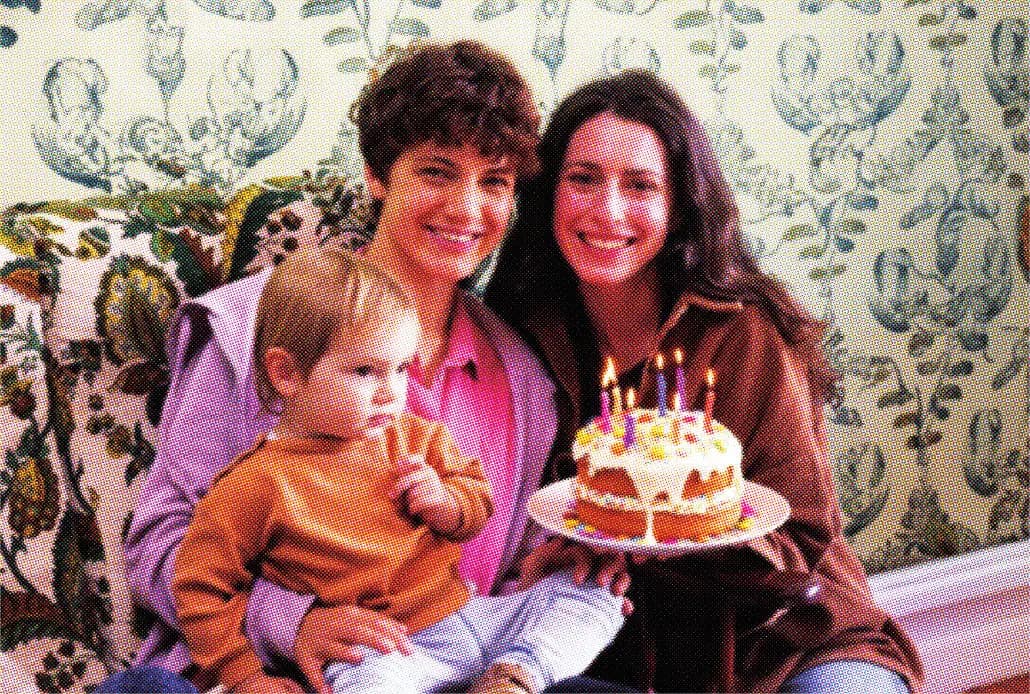The Beauty of Running on Queer Time

Queer lives don’t follow straight timelines. Many queer people experience love, identity, and milestones at different paces — and that’s not “late,” it’s just different.
Community creates new models of adulthood. Queer people build futures around friendship, chosen family, art, and activism, redefining what success and stability can look like.
Liberation comes from rewriting time itself. Embracing “queer time” means freeing ourselves from heteronormative expectations and choosing our own paths forward.
I’ve spent a lot of my life feeling like I’m running behind. By the time I was 21, I had never kissed anyone, and it felt like a death sentence for my love life. I was convinced I had missed some crucial window to learn how to be in a relationship, like I was still figuring out where to begin.
My straight best friend had been with the same man for three years, while I was only just going on my first date. When we compared love lives, it felt like we were speaking from two separate planets. That distance was lonely, like I was stuck in one stage of life while everyone else had already moved on.
To cope with that isolation, I threw myself into my hobbies, my education and my community. I started going to more queer events and meeting more queer people. That’s when I met other people who felt the same way. So many queer people I met felt ‘out of sync’ with the rest of the world. I met kids who had been transitioning since they were five and thirty-five-year-olds who were only just realising they were bi – it was liberating.
Academic and author Jack Halberstam calls this ‘queer time’. It’s the idea that queer lives often don’t follow the straight timeline of marriage, kids, mortgage, retirement. We move at different speeds, and sometimes in different directions altogether. Once I heard that, it clicked: maybe I wasn’t late, I was just on another clock.
It’s why we’ve always been front and centre in redefining these spaces.
This realisation was exciting but also scary, I wasn’t late but now I didn’t have any guidance on what my future could look like, I didn’t have any examples of what growing old queer could look like or if it was even possible. But I found the answers I was looking for in queer history, in people who pushed the boundaries of what was possible for the time and created a place for themselves and their community and left it for us today.
Halberstam writes that queer subcultures create their own timelines. I see that in queer life all the time, in people who build futures around friendship, art, activism, or chosen family. It’s why we’ve always been front and centre in redefining these spaces.
When I picture my future, it’s not a wedding or kids. It’s working in a job that supports my community, traveling whenever I can, and coming home to a house I share with my closest friends. I’ve got my own room, my own space, and a family made of choice. No marriage certificate, no children, just me undisputedly taking the title of ‘coolest aunt’.
That’s my adulthood. Yours might look nothing like it. And that’s the beauty of queer time: we get to choose.

Where to
find support
Looking for someone to talk to?
Access safe (and pre-screened) health from our resource list.




